A 8-bit 5GS/s streak simple to-advanced converter (ADC) is composed and reproduced in a 0.18μm CMOS innovation. Low-swing operation both in the simple and the computerized hardware brings about fast low power operation. The ADC disperses 30mW force from a 3.2V supply while working at 5GHz. Balanced averaging is utilized to minimize the impact of comparator balances. The estimation of greatest differential and indispensable nonlinearities (DNL and INL) of the Flash ADC are 0.2 LSB and 0.5 LSB separately. Simple to-advanced converter (ADC) has ended up fundamental structure for the vast majority of the hardware and correspondence frameworks. Comparator constitutes the fundamental part in simple to computerized transformation (ADC). It is essentially the first stage in ADC, which changes over the sign from simple to computerized space.
Keywords |
| Variable switching voltage, threshold inverter quantization, comparator, Flash ADC |
I. INTRODUCTION |
| The Flash ADC is the speediest ADC among a wide range of accessible ADC architectures. A N-Bit Flash ADC
utilizes the 2N-1 comparators for information change. Nonetheless, these comparators devour substantial power as they
work at the same time in parallel manner. The Streak ADC additionally obliges resistor stepping stool circuit or
capacitor exhibit circuit for reference voltage era [2], which again makes the converter more power hungry &
subsequently Flash ADC expends most astounding force among a wide range of ADCs. For low power information
transformation circuits, the power scattering has turned into a standout amongst the most imperative limits. Actually,
control productivity has been considered as a fundamental outline paradigm in numerous battery utilized applications
such as remote sensor hub, pacemakers and other embedded RFID chips as biomedical imaging gadgets in the human
body [4]. The target in such cases is least power utilization for most extreme battery life time. The outlined 6-Bit Flash
ADC in this paper meets the prerequisite for such low power applications. |
II. RELATED RESEARCH WORK |
| To minimize the force utilization and enhance the execution grids of ADC, the scrutinizes essentially concentrate on
the streamlining of the comparator circuit. In this area, the exploration work under dialog contains just Flash ADC
outline utilizing edge voltage scaling of the comparator. In [5], a static inverter circuit has been investigated as
programmable intelligent cradle circuit and it has been proposed that the rationale limit voltage of CMOS inverter can
be modified to diverse particular coherent voltages. These variable coherent voltages can be assessed numerically. In
[7], the exhaustive hypothetical foundation of static CMOS inverter is expounded. Utilizing the previously stated idea,
a CMOS inverter has been acknowledged as an edge inverter quantization (TIQ) comparator [6]. The configuration of
proposed TIQ comparator is a less complex when contrasted with conventional simple differential comparator. The
fundamental thought is to just apply the advanced inverter as a simple voltage comparator. This likewise kills the
resistive reference voltage circuit in Flash ADC. In this way, static force utilization by resistive step circuit is uprooted.
Propelled by the limit voltage scaling, a decreased kickback comparator has been reported in writing [9]. Essentially, it
is a differential kind of comparator, which can be planned with inbuilt limit voltages. The outline exhibited in [10]
investigated the TIQ comparator for 6- bit Flash ADC. It was essentially executed for framework on chip (SOC)
applications. The planned ADC was less difficult and quicker than other Flash ADCs. In this paper, the same
examination has been stretched out with the changed rendition of the comparator. The reproduction results are superior
to the prior reported works and the outline 6-bit Flash ADC exceeds expectations as far as rate and force utilization. |
III. COMPARATOR |
| The capacity of a comparator is to create a yield voltage, which is high or low relying upon whether the sufficiency of
the info is more noteworthy or lesser than a reference signal. It delivers a paired yield whose quality is in light of a
correlation of two simple inputs. Run of the mill comparators have differential kind of building design, and they can be
further partitioned into open-circle and element comparators. The open-circle comparators are in a broad sense
operational enhancer [4]. Dynamic comparators use positive input like flip-failures to achieve the correlation of the
extent in the middle of data and the outside reference signal. However these differential sorts of comparator are
naturally intricate in configuration and expend high measure of force. On the other hand, single finished comparator
structural engineering may be conveyed as a simple comparator rather than utilizing an entire simple square of
comparator. The edge inverter quantization (TIQ) comparators have been utilized to outline the Flash ADC. The TIQ
inverter based comparator comprises of two fell inverters as demonstrated in figure 1. The inverter obliges lesser
number of transistors when contrasted with customary comparator. Truth be told, a customary comparator obliges two
info sign, while inverter based comparator requires stand out information signal. The rationale reference or exchanging
voltage is created by the inverter itself [5]. Graphically, the exchanging voltage can be distinguished at the convergence
of the data voltage (Vin) and the yield voltage (Vout) signal. As of right now, both the transistor |
| PMOS and NMOS are in the immersion district. By likening the channel present of gadgets, the exchanging limit
voltage can be dead set. The numerical recipe for these exchanging voltages is given by the emulating mathematical
statement [7]. |
 |
| A. CMOS Design |
| In Flash ADC plan the most critical thing is to choose the CMOS rationale outline. There are different sorts of CMOS
rationale plan |
| B. STATIC CMOS Design |
| Static CMOS is an outline technique just in combinatorial rationale circuits. A static rationale door is one that has a
decently characterized yield once the inputs are balanced out and the exchanging drifters have rotted away. Static
CMOS rationale entryways are |
| moderately simple to outline and utilization. A static CMOS door is a mix of force up system and draw down system as
demonstrated in figure 2. |
| The capacity of the PUN is to give an association between the yield and VDD at whatever time the yield of the
rationale entryway is intended to be 1(based on inputs). So also the capacity of the PDN is to give an association
between the yield and GND at whatever time the yield of the rationale entryway is intended to be 0(based on inputs).
The PUN and PDN systems are developed in a fundamentally unrelated mold such that unrivaled one system is
directing in enduring state. Thusly, once the transient have settled, a way dependably exits in the middle of VDD
and the yield or GND and the yield. |
IV. VARIABLE SWITCHING VOLTAGE COMPARATOR |
| The proposed variable exchanging voltage (VSV) comparator is indicated in figure 2. The proposed comparator
involves eight quantities of transistors. However the quantity of transistor has been served when contrasted with
conventional TIQ comparator. Regardless of this, the proposed comparator expends lesser force than the TIQ
comparator. It is because of the way that, the expansion of M1 and M2 gives negative criticism in the comparator. This
reasons lessening in the channel present of Mn1 and Mp1 of the first stage. This thus diminishes the force utilization of
the first stage. The same comment is connected to the second phase of the comparator. Truth be told, the second stage
gives more honed exchanging of the legitimate voltages and it is utilized to reverse the yield of the first stage. Note that
the gadgets M1, M4, M5 and M8 are constantly in immersion on the grounds that empty and entryway terminals are at
the same potential i.e. VG=VD. The soaked gadget offers a dynamic safety, which can be controlled by its transconductance
(gm). |
V. SIMULATION RESULT |
| This simulation results shows the TIQ comparator coding done in VHDL on Xilinx software and flash ADC is also on
done it with the same software and both simulation results on work through MODELSIM simulator. First simulation
shows TIQ comparator result, in this it says about low power is used to produce result. In second one it shows flash 8
bit ADC (analog to digital converter) is used to convert comparator for low power using and producing desired result.
Another result shows RTL view of comparator. |
VI. CONCLUSION |
| A 8-bit Flash ADC has been outlined by utilizing the proposed VSV comparator. The outline has been done in
computerized 65nm standard CMOS innovation. Further lower peculiarity size and littler supply voltage can be
consolidated in the outline. At 1 GHz speed, the Flash ADC disseminates top force of 2.1mW and normal force of just
244μW. The measured most extreme differential and vital nonlinearities (DNL and INL) for an incline data are
discovered to be 0.3 LSB & 0.6 LSB individually. The parameters DNL & INL are enhanced when contrasted with
prior reported works. The planned 6-bit Flash ADC displays noteworthy change as far as power and velocity of already
reported Flash ADCs. This makes it very suitable ADC for high speed and low power application. |
ACKNOWLEDGMENT |
| The correspondence author is thankful to all the faculty members of department of Electronics & Communication, IES
College of Technology Bhopal, M.P. and India for continuous support and encouragement. This is a prospect to
establish our technical skill for the advantage of social civilization. |
| |
Figures at a glance |
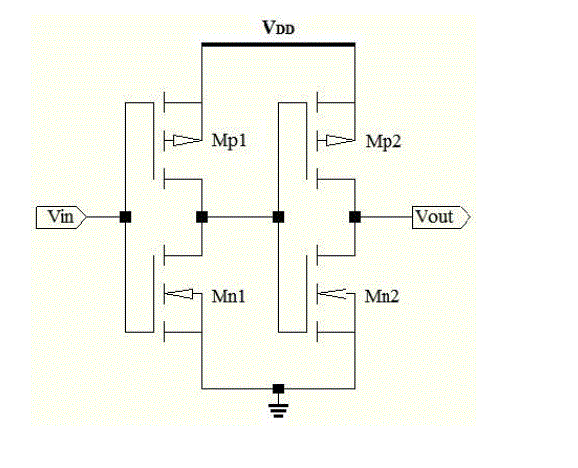 |
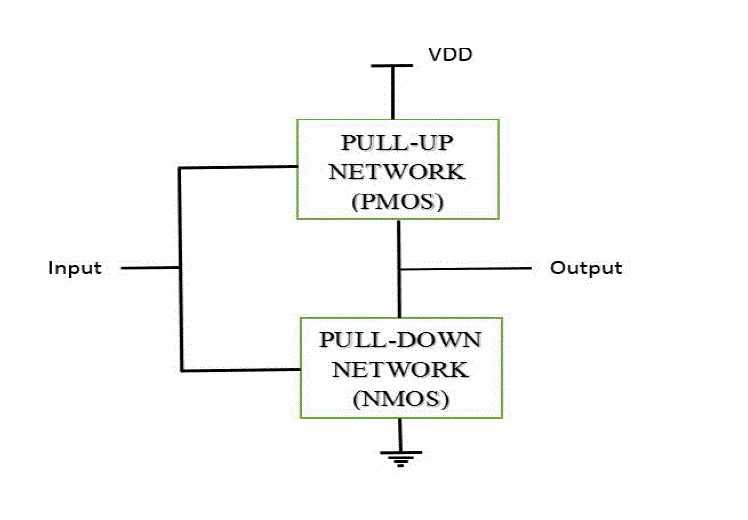 |
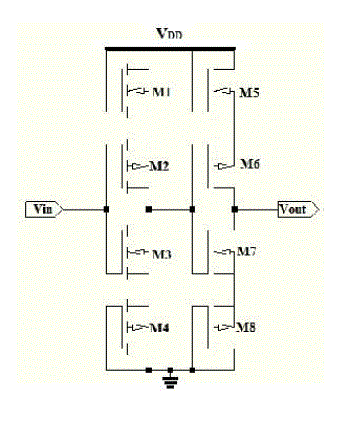 |
| Figure 1 |
Figure 2 |
Figure 3 |
|
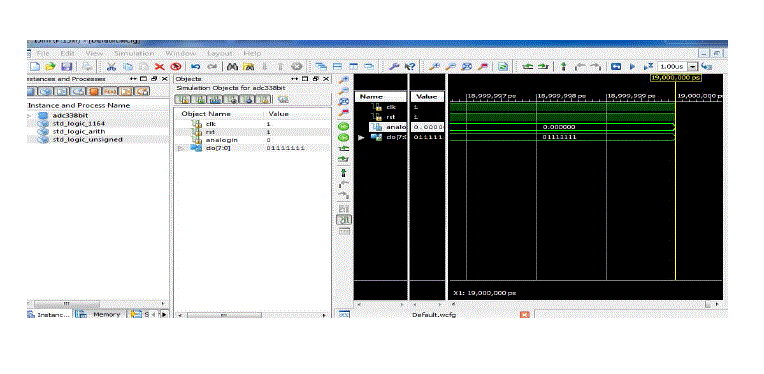 |
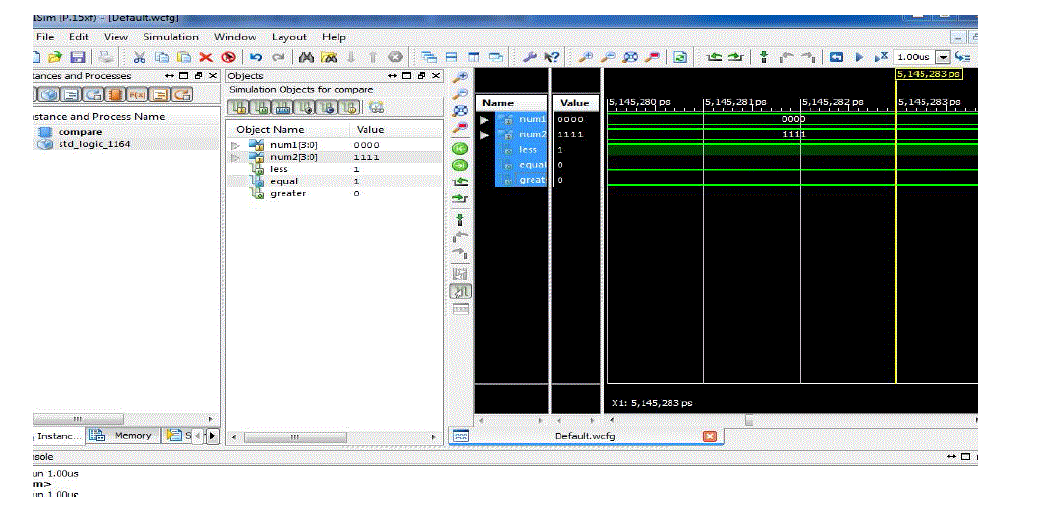 |
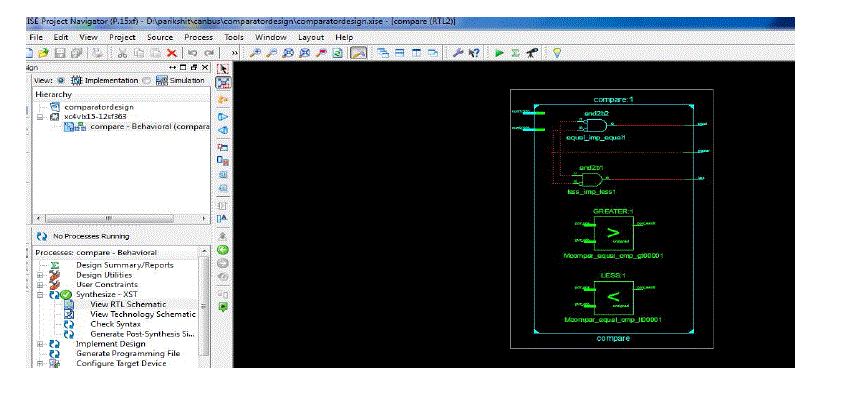 |
| Figure 4 |
Figure 5 |
Figure 6 |
|
| |
References |
- JincheolYoo, âÃâ¬ÃÅA TIQ Based CMOS Flash A/D Converter for System on Chip ApplicationâÃâ¬ÃÂ, A Thesis in Computer Sciences and Engineering,.2003
- Ali Tangel and Kyusun Choi, âÃâ¬ÃÅThe CMOS Inverter as A Compactor in ADC DesignâÃâ¬ÃÂ, Analog Integrated Circuit and Signal Processing, 39 147-155, 2003
- S.S. Khot, P.W.Wani, M. S.Sutaone, Shubhang Tripathi âÃâ¬ÃÅDesign Of A 45 M TIQ comparator for High Speed and Low Power 4-Bit Flash ADCâÃâ¬ÃÂACEEE Int. J. On Electrical and Power Engineering Vol.02 No. 01 Feb 2011.
- Omar Gonzales, Jonathan Yu, GeorgekorbesâÃâ¬Ã 6- Bit Analog to Digital ConverterâÃâ¬Ã Dept. of Electrical Engineering, Son Jose State University.
- R.Jacob Baker,âÃâ¬Ã CMOS Circuit Design, Layout and SimulationâÃâ¬Ã Second Edition Willey IEEE Press 2004.
- MeghanaKulkarni, V.Sridhar, G. H. Kulkarni âÃâ¬ÃÅThe Quantized Differential Comparator in Flash Analog to Digital Converter DesignâÃâ¬Ã (IJCNC)Vol.2, No.4, July 2010.
- Deguchi, K., Suwa, N., Ito, M., Kumamoto, T., & Miki, T. (2008) âÃâ¬ÃÅA 6-bit 3.5-GS/s 0.9-V 98-mWflash ADC in 90-nm CMOS. IEEE Journal of Solid-State CircuitsâÃâ¬ÃÂ, Vol. 43, No. 10, pp2303-2310.
- Kuttner, A. S. T. H. F., Sandner, C., & Clara, M. (2005) âÃâ¬ÃÅA 6bit, 1.2 gsps low-power flash-adc in 0.13Ãâõm digital cmosâÃâ¬ÃÂ, IEEE Journal of Solid-State Circuits Vol. 40, No.7.
- Chen, C. Y., Le, M. Q., & Kim, K. Y. (2009) âÃâ¬ÃÅA low power 6-bit flash ADC with reference voltage and common-mode calibrationâÃâ¬ÃÂ, IEEEJournal of Solid-State Circuits, Vol. 44, No. 4, pp1041-1046.
- Daly, D. C., &Chandrakasan, A. P. (2009) âÃâ¬ÃÅA 6-bit, 0.2 V to 0.9 V highly digital flash ADC with comparator redundancy. IEEE Journal ofSolid-State CircuitsâÃâ¬Ã Vol. 44, No.11, pp3030-3038.
|